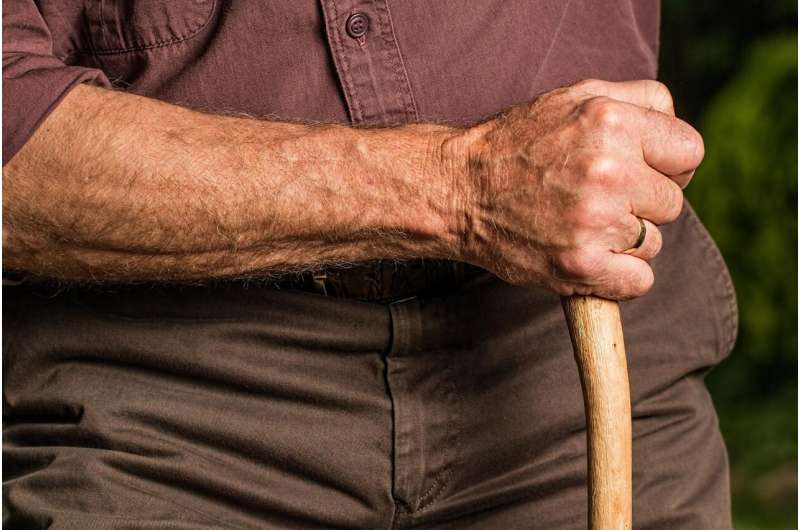
Tripping over a rug or slipping on a wet kitchen floor is something that could happen anytime, and the consequences can be serious: Falls are the leading cause of injury for older adults in the United States.
- The U.S. Centers for Disease Control and Prevention reports that every year, 25% of adults age 65 and older experience a fall.
- One fall in five causes a serious injury, like a broken bone or head trauma.
- More than 800,000 older adults end up hospitalized each year for injuries suffered in a fall.
While falls are fairly common among older adults, it’s a myth that falling is an inevitable part of aging, says Padraic Stanley, MSW, LCSW, program manager for health promotion programs in the RUSH University Medical Center Department of Social Work and Community Health.
“A lot of people just assume that they’re going to experience falls as they age, and that there’s nothing they can do about it,” Stanley said. “In reality, falls are controllable and preventable.”
The irony, he adds, is that fear of falling can actually make you more likely to fall.
“If you’re afraid of falling and that keeps you from exercising, going out or spending time with family and friends, you can become sedentary and isolate yourself physically and socially. Evidence shows that those factors make you prone to falling.”
The following tips and resources can help you avoid falls—and help you build confidence so you can participate in the activities you love without fear of falling.
Where to start
- Get an assessment. Your first step to protect yourself from falls should be a thorough assessment by your primary care provider, who can help you identify issues that might contribute to fall risks. For example, some medications can cause drowsiness or dizziness. Foot pain or arthritis can cause gait changes that lead to tripping. And vision problems can make it difficult to see tripping hazards.
- Create a safer environment at home. Most falls happen at home. This checklist from the CDC can help you identify and fix falling hazards that you encounter every day. Room by room, it makes suggestions such as evaluating lighting; clearing floors of clutter and securing throw rugs; installing grab bars in tubs and next to toilets; and more.
- Build your balance—and your confidence. People with lower body weakness and balance difficulties are at the highest risk for falls, so classes designed to address those issues can help. And feeling empowered to prevent falls is an important factor in staying socially and physically active.
The RUSH Generations program for older adults frequently offers two research-based workshops that address both. A Matter of Balance focuses on building strength and balance, and also includes strategies for boosting confidence and protecting yourself if you fall. Tai Chi for Balance and Falls Prevention has been shown to prevent falls by improving balance, strength, mobility and flexibility while also improving mental health and decreasing pain.
Concerned that workshops like these might be too physically demanding? Don’t be, says Stanley.
“A good workshop will meet you where you are,” he said, and will be taught in a way that lets you modify movements to do what you’re able to do. Your confidence will soar as your balance improves and you learn ways to protect yourself if you do fall.
Be honest with your providers and loved ones. Falling can be a tough topic to talk about. The CDC says that less than half of those who fall tell their doctors about it, for reasons such as feeling embarrassed or fearful of losing their independence.
Source: Read Full Article
